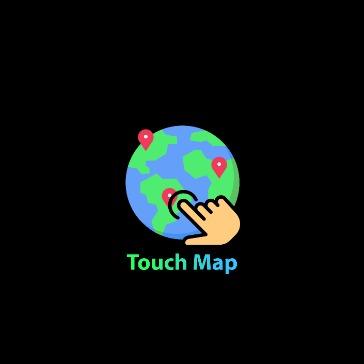Touch Map
Explore & Learn.
The problem Touch Map solves
The problem addressed by "Touch Map" is the engagement gap in geography education and the lack of interactive learning tools for exploring world geography. Traditional methods of learning geography often involve static maps and textbooks, which may not fully captivate learners or provide hands-on experience. "Touch Map" aims to bridge this gap by offering an interactive and immersive learning experience where users can physically interact with a map, explore countries, thereby enhancing their understanding and retention of geographical knowledge.
Challenges we ran into
Developing the "Touch Map" project likely involved navigating several challenges:
Physical Map Accuracy: Ensuring alignment between the physical map and digital interface can be tough. Inconsistencies may lead to touch detection inaccuracies.
Reliable Touch Detection: Achieving consistent touch detection on the physical map can be tricky due to factors like pressure sensitivity and environmental conditions.
Country Identification: Creating algorithms to accurately identify touched countries can be challenging, especially for irregularly shaped ones or regions with intricate borders.
Web Integration: Integrating the physical interface with the web platform demands real-time communication, synchronization across devices, and ensuring cross-browser compatibility.
Hardware Limitations: Hardware constraints like processing power and memory may impact performance and user experience.
Testing and Calibration: Thorough testing and calibration are crucial for identifying touch sensitivity issues and ensuring usability across diverse user groups.
Addressing these challenges likely involved technical expertise, iterative development, user feedback, and creative problem-solving to create a robust educational tool like "Touch Map."
Tracks Applied (1)
Best Domain Name from GoDaddy Registry
GoDaddy Registry
